Skin & Hair Treatments
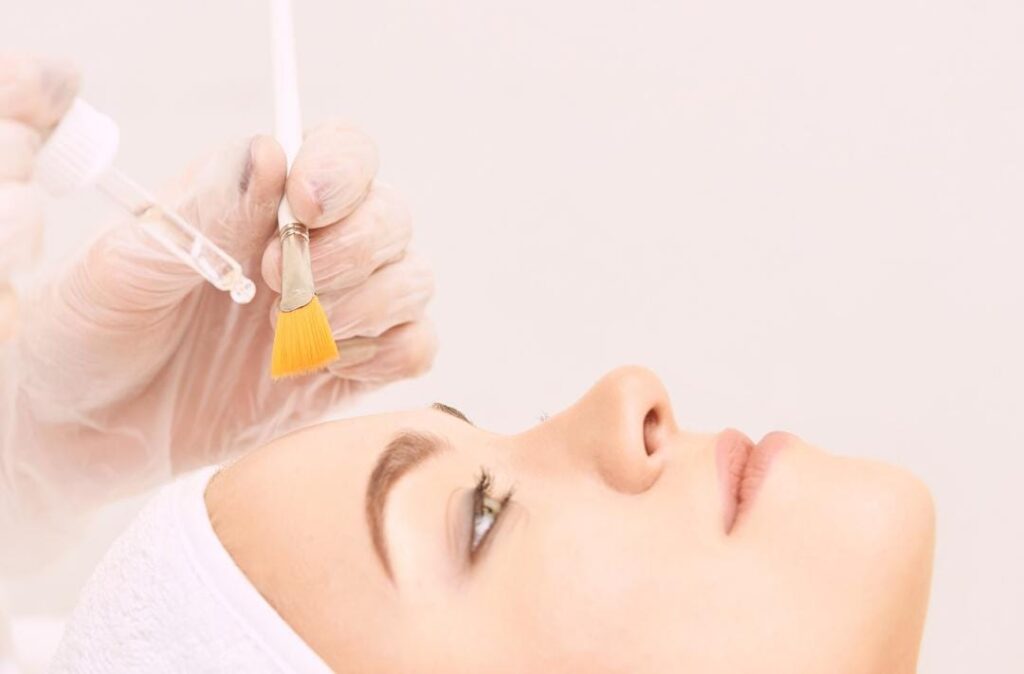
Chemical Peel
A chemical peel is a procedure in which a chemical solution is applied to the skin to remove the top layers. The skin that grows back is smoother. With a light or medium peel, you may need to undergo the procedure more than once to get the desired results.
Chemical peels are used to treat wrinkles, discolored skin and scars — usually on the face. They can be done alone or combined with other cosmetic procedures. And they can be done at different depths, from light to deep. Deeper chemical peels offer more-dramatic results but also take longer to recover from.
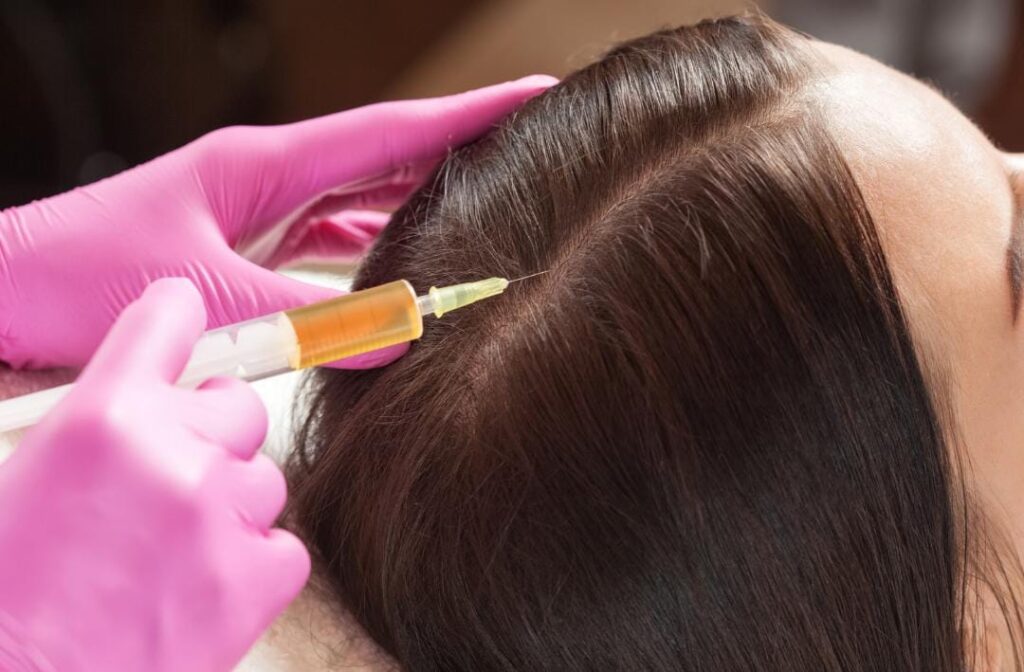
Platelet-Rich Plasma (PRP)
PRP (platelet-rich plasma) therapy for hair loss is a three-step medical treatment in which a person’s blood is drawn, processed, and then injected into the scalp.
Step 1
Your blood is drawn — typically from your arm — and put into a centrifuge (a machine that spins rapidly to separate fluids of different densities).
Step 2
After about 10 minutes in the centrifuge, your blood will have separated into in three layers:
- platelet-poor plasma
- platelet-rich plasma
- red blood cells
Step 3
The platelet-rich plasma is drawn up into a syringe and then injected into areas of the scalp that need increased hair growth. There hasn’t been enough research to prove whether PRP is effective. It’s also unclear for whom — and under what circumstances — it’s most effective.
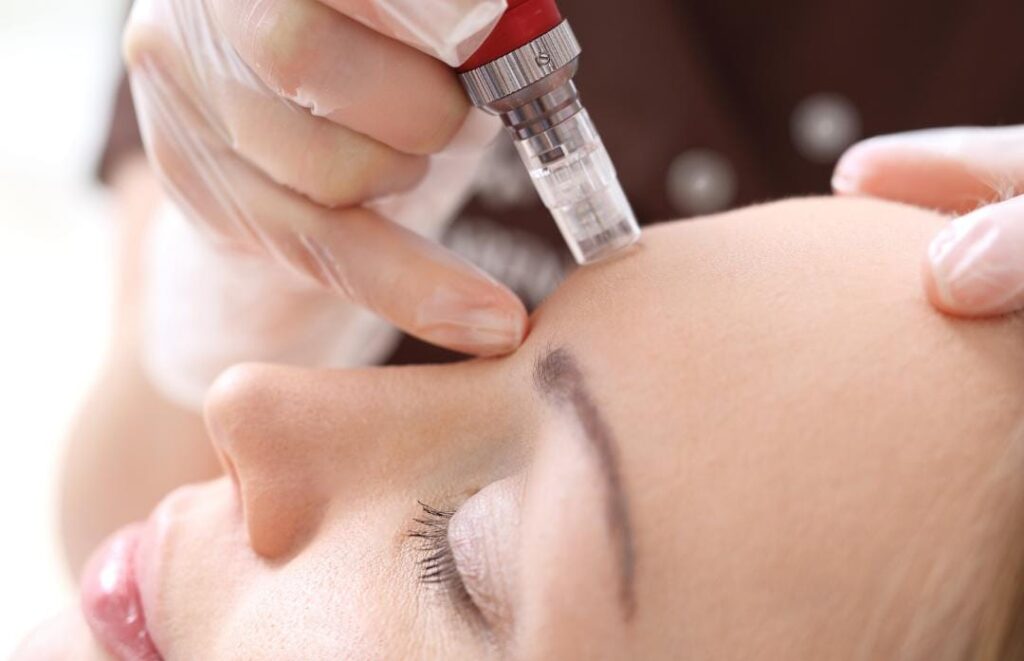
Mesotherapy
Mesotherapy is a technique that uses injections of vitamins, enzymes, hormones, and plant extracts to rejuvenate and tighten skin, as well as remove excess fat.
Today, mesotherapy is used to:
- remove fat in areas like the stomach, thighs, buttocks, hips, legs, arms, and face
- reduce cellulite
- fade wrinkles and lines
- tighten loose skin
- recontour the body
- lighten pigmented skin
- treat alopecia, a condition that causes hair loss
The technique uses very fine needles to deliver a series of injections into the middle layer (mesoderm) of skin. The idea behind mesotherapy is that it corrects underlying issues like poor circulation and inflammation that cause skin damage.
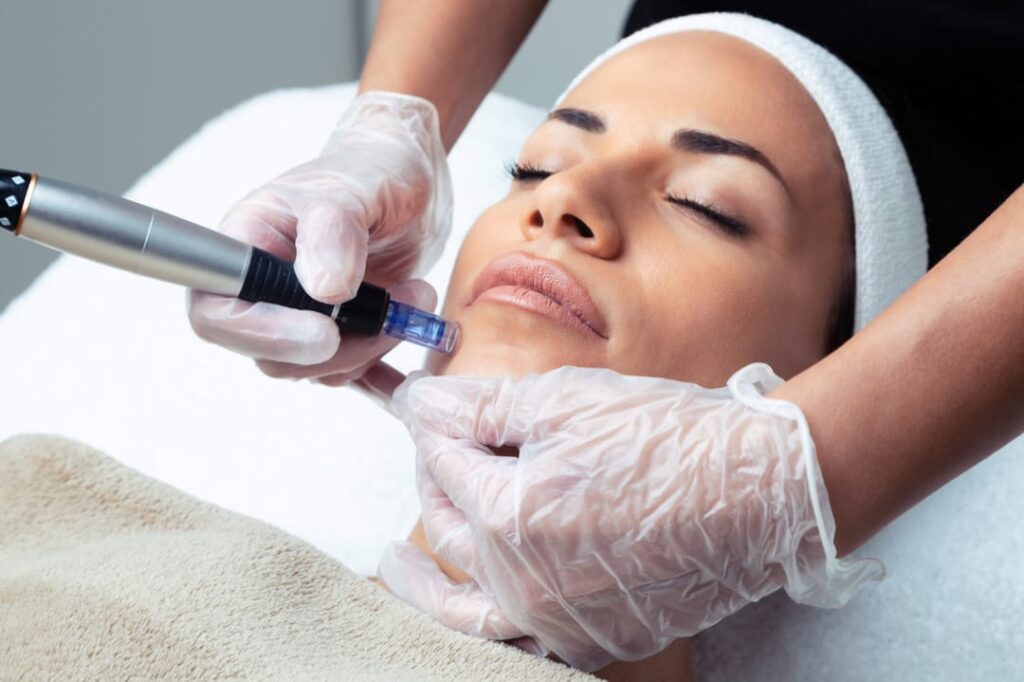
Dermapen & Dermaroller
Dermapen and Dermaroller are both a form of microneedling which is a form of collagen induction therapy. The Dermaroller device has been around longer then the Dermapen. The Dermapen is an updated electronic version of the Dermaroller which is rolled by hand.
They are both an established proven treatment for a range of conditions so you no longer have to go under the knife and have risky invasive surgical procedures to get the results you’re after.
The Dermaroller is a handheld device designed to manually pass over your skin 15 to 20 times in a horizontal, vertical and diagonally way. This creates microneedle columns (about 0.1 mm wide) that penetrate the skin. The columns close quickly as your body begins producing collagen.
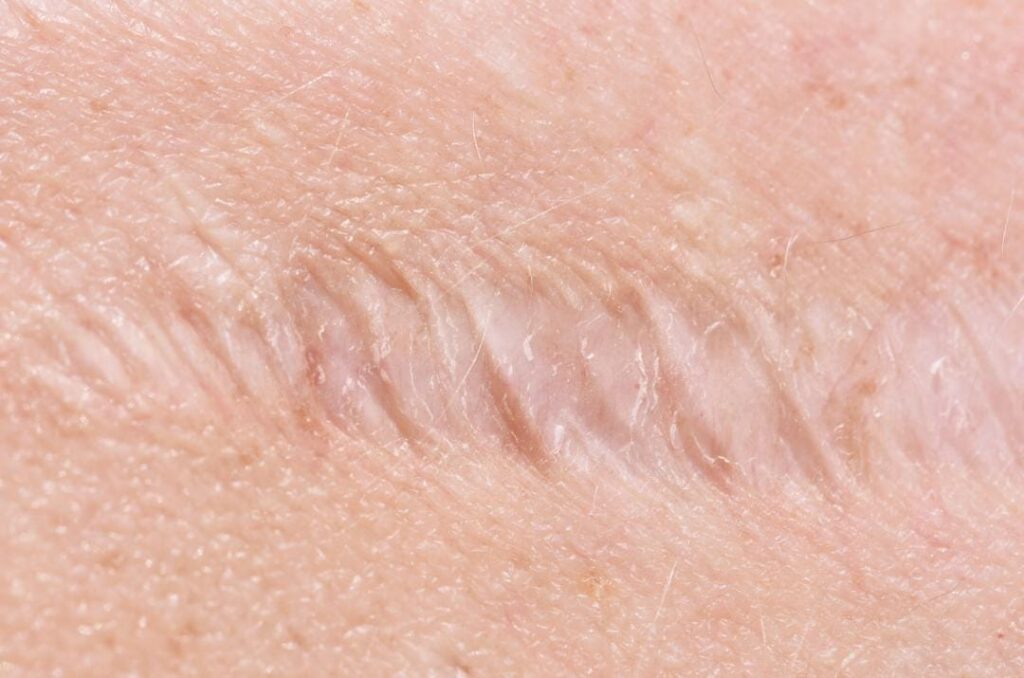
Keloid Scar Treatment
Keloid scar treatments include the following.
Wound care. This method is also used after surgery to remove keloids. The goal is to reduce or prevent a scar by putting pressure on the wound as it heals. Such dressings need to be worn for 12 to 24 hours a day for 4 to 6 months to be effective.
Corticosteroid cream. Applying a prescription strength corticosteroid cream can help ease itchiness.
Injected medicine. If you have a smaller keloid, try reducing its thickness by injecting it with cortisone or other steroids. You’ll likely need monthly injections for up to six months before seeing the scar flatten.
Laser treatment. Larger keloids can be flattened by pulsed-dye laser sessions. This method has also been useful in easing itchiness and causing keloids to fade. Pulsed-dye laser therapy is delivered over several sessions with 4 to 8 weeks between sessions.
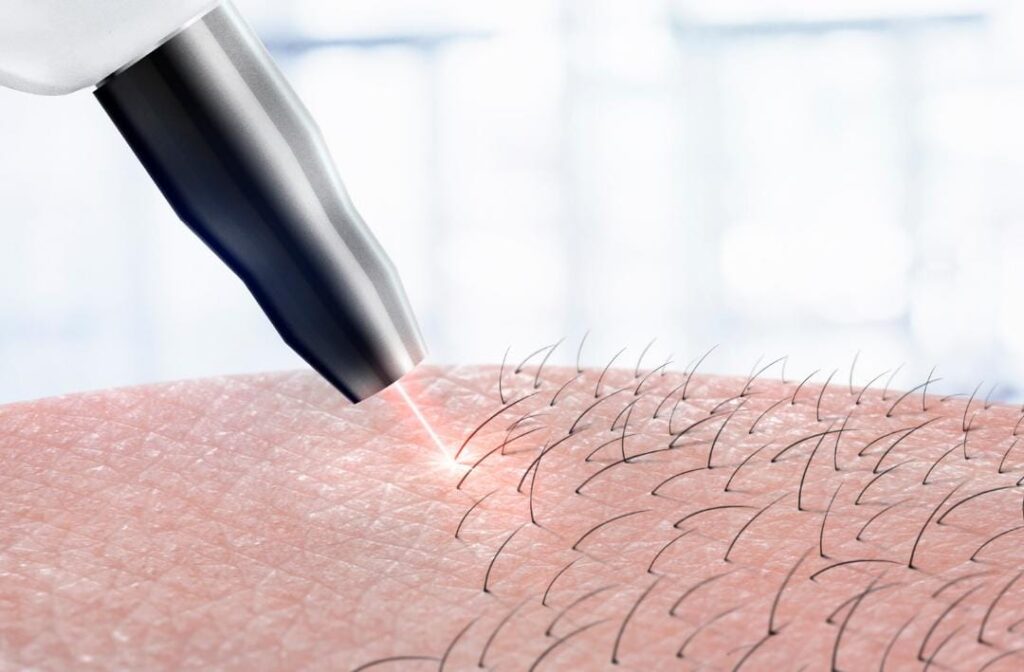
Permanent Hair Reduction
Lasers are useful for removing unwanted hair from the face, leg, chin, back, arm, underarm, and other areas.Benefits of laser hair removal include:
Precision. Lasers can selectively target dark, coarse hairs while leaving the surrounding skin undamaged.
Speed. Each pulse of the laser takes a fraction of a second and can treat many hairs at the same time
Predictability. Most patients have permanent hair loss after an average of three to seven sessions.
Vampire Facial
This facial involves extracting some of your own blood, separating the plasma from the blood, and injecting the plasma back into your skin using a microneedle. The plasma stimulates healing, thus promoting the growth of healthier skin cells. These procedures prep your skin for your PRP to be spread all over it. These pairings further stimulate collagen production, reduces fine lines, and accelerates wound healing.
Depending on how aggressive the microdermabrasion was, recovery might take a day or two of downtime before you’re ready to hit the streets.
